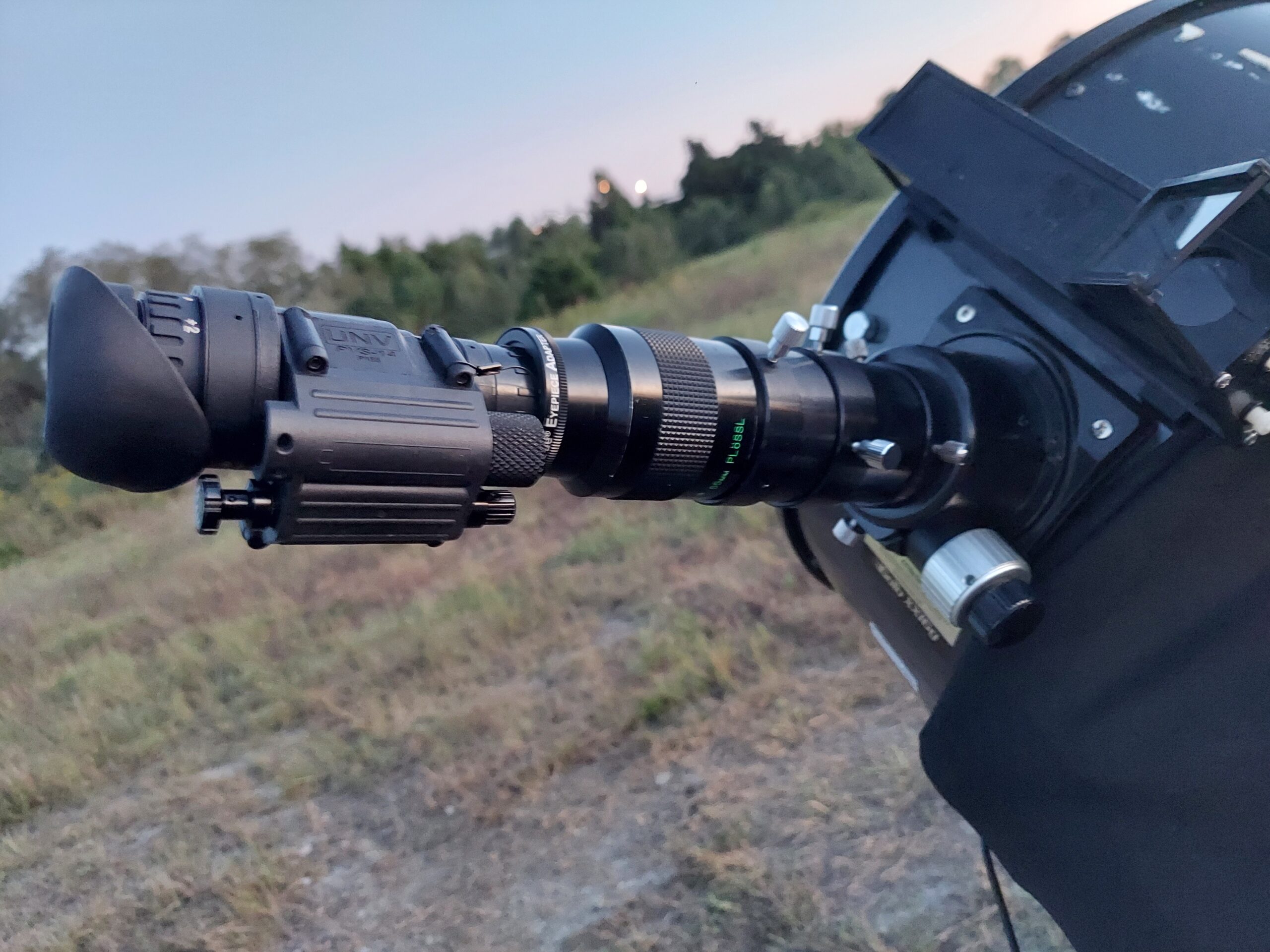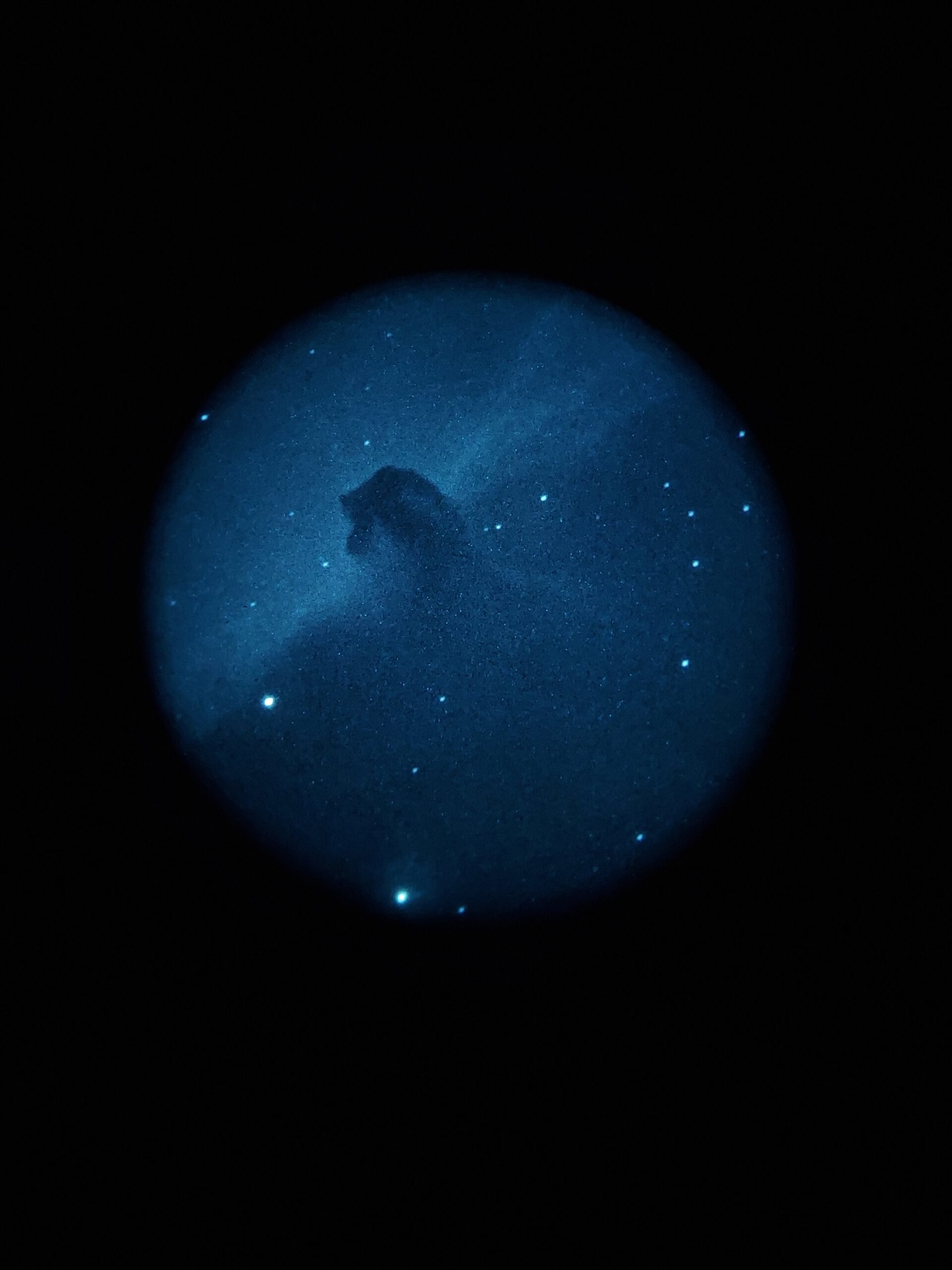What is a Galaxy?
Galaxies are large agglomerations of matter surrounded by mostly empty space.
While they consist mainly of stars bound together by mutual gravitational attraction, galaxies also contain other material such as gas, dust, planets, dark matter, and perhaps intelligent life.
We can think of galaxies as the basic unit of the universe’s large-scale structure. Though galaxies are self-contained systems of gravitationally bound material, they interact with each other through their enormous gravitational fields to form clusters and superclusters. Deep-sky surveys with professional telescopes reveal a cosmic web made of filaments of galaxy clusters.
Key Takeaways
- Galaxies are gravitationally bound systems containing millions to trillions of stars.
- In addition to stars, galaxies contain gas and dust as well as all other types of celestial bodies such as planets and asteroids.
- Though surrounded by mostly empty space, galaxies interact gravitationally across vast distances to form larger structures.
Understanding Galaxies
As recently as the early 1900s, astronomers were not aware of any galaxies outside of our own. As far as we knew, the Milky Way was the entire universe.
It was not until Edwin Hubble, Vesto Slipher and others measured the intrinsic brightness and velocity of so-called spiral nebulae that we realized these objects must be far beyond the assumed limits of our known universe.
Now we know that our Milky Way galaxy is merely one among billions of others in the observable universe. While virtually all the stars and nebulae we observe in the night sky lie within our own galaxy, amateur telescopes reveal hundreds of other galaxies.
The closest major galaxy is M31, the Andromeda Galaxy, at approximately 2.5 million light years.
Galaxies are enormous objects. Even the smallest known galaxies are hundreds of light years in diameter, while the largest span over a million light years.
Astronomers categorize them by their structures.
Spiral galaxies present the classic example: a central bulge surrounded by a disc of material which forms one or more spiral arms. We live in such a spiral arm, and by studying other spirals we see that most star formation occurs in these more densely populated areas within spiral galaxies.
Elliptical galaxies, on the other hand, are smooth and featureless by comparison, containing relatively little interstellar material to form new stars.
Lenticular galaxies lie somewhere between these extremes; disc-shaped with a central bulge but without defined spiral characteristics.
Within each category we see great variation in size and appearance.
Galaxies can interact and even collide with one another. Such close encounters can cause them to become deformed or distorted (irregular galaxies) and can set off intense bursts of star formation (starburst galaxies). Larger galaxies tend to cannibalize their smaller companions.
Though surrounded by mostly empty space, galaxies do not drift alone through the cosmos. Instead, they are bound together by their immense gravity into clusters, such as our Local Group.
Together with the Andromeda Galaxy, the Milky Way dominates this cluster which also contains dozens of inconspicuous dwarf galaxies within a diameter of around 10 million light years. Furthermore, the clusters themselves can bind together over even larger regions to form superclusters; the Local Group, for instance, belongs to the Virgo Supercluster.
The very widest sky surveys show that these superclusters are strung together across the cosmos to form what some call the “cosmic web”, with enormous voids separating the strands.
Galaxies are ancient structures, almost as old as the universe itself. Unlike star formation which we witness in the Milky Way, we cannot observe new galaxies forming. Rather, we observe their evolution by studying galaxies at varying distances.
The finite speed of light dictates that we observe more distant galaxies at an earlier stage of the universe’s history. By comparing relatively nearby galaxies with the most distant ones we can observe, astronomers have learned much about galaxy formation and evolution.
For example, the early universe appears to have been populated by small, irregular galaxies rather than the giant ellipticals and grand design spirals we see today, suggesting that modern galaxy structure may be a result of frequent collisions and mergers in the distant past.
Furthermore, by studying the Cosmic Microwave Background (CMB) we have discovered that tiny fluctuations in the temperature of the CMB correspond to the distribution of galaxy clusters we see today. This can be explained by Inflationary Cosmology, which posits that the very early universe underwent a brief period of rapid, exponential inflation. Quantum fluctuations in the pre-inflation universe were imprinted on the expanding spacetime during the inflationary epoch, leading to slight density variations in the distribution of matter which eventually collapsed into stars and galaxies.
Related Terms




